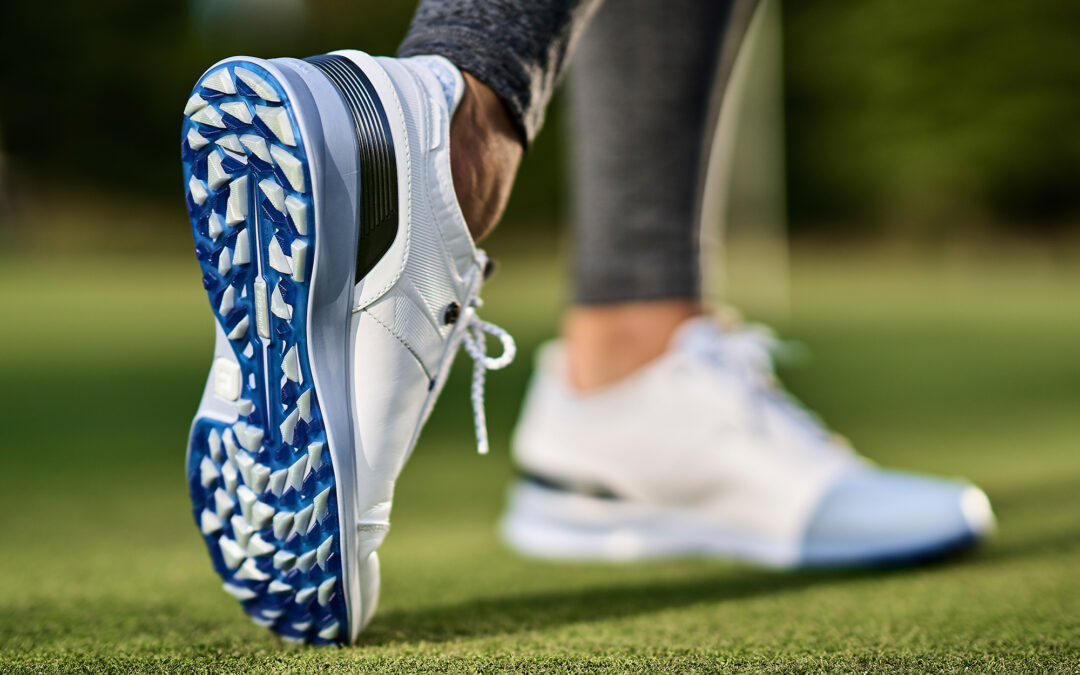The Shoes You Wear Can Determine the Level of Pain You Experience!
Shoes are a big part of people’s lives. We try to choose the right shoes for our activities. Shoe companies have specific shoes for specific sports, specific foot ailments, build special insoles, and of course, must be fashionable. The problem is, we put too much importance on how to choose the right shoes and not enough on the other body parts that contribute to the pain.
Why Do I Walk this Way?
We have all heard it from shoe stores, doctors, and friends, we need support from our shoes. Many Podiatrist tell their patients to never walk barefoot on a hard surface. When your feet hurt, this makes sense until you learn why your feet actually hurt. The floor has little to do with it.
The last time anyone ever tried teaching us to walk, we were around two years old. Unfortunately, for some of us, we still walk like a toddler. While others walk based on what moves reduce the pain in our feet. Some people walk with their toes pointed outward which can lead to bunions, Morton’s Neuromas, and heel pain on the outside. Did you know the real cause of you walking that way is either the rotating muscles in your hips have locked in that position due to habit and, most likely, wearing pointy-toed shoes? Watch anyone wearing pointy-toed shoes and see how they walk. If a person walks with their feet pointed inward, it is hip rotations muscles locked in that position as well. If you do either, practice walking around your house with your feet pointing the opposite way to re-train your brain so you can walk straight again.
Is the Support Good, or Bad?
Let’s be clear, if you injure your foot, the support feels great, in the beginning. However, without knowing the real cause of your pain, the support must change as your foot will change too. You are not defective, just the way you were taught to walk and habit.
We have heard good shoes have arch supports, heel supports, and padding on the tongue of the shoe. The question is, are humans born with bad foot design or did we miss something?
Arch supports prevent the arch from flexing. You have heard the phrase, “They have a spring in their step.” That spring is the arch of the foot. Its purpose is to flex on every step to absorb the impact of you hitting the round with every step. When the arch is too tight, pain occurs on every step, and more importantly, damage can be done to the knee. Your arch should be as soft as the palm of your hand to work properly.
Heel supports are designed to stop the pain in your heel as it hits the ground, and the ankle bends forward. The reason we walk heel-to-toe is due to wearing heels of any thickness. This forces us to put enormous pressure on our heels which reverberates the impact throughout our skeletal system. Heel pain from bending the ankles is from tight calf muscles which allow the foot to bend vertically, laterally, and rotationally.
Bottom line is, when we walk, we should step on the whole foot, putting the majority of the pressure on the middle of our foot just behind the knuckles of our toes. If we keep our feet soft. like our hands, the muscles of the foot will take care of us.
How to Get my Feet Working Correctly?
Our feet do a lot of work each day. Anytime we are resting, cross one leg so you reach your foot. Use your hand to gently massage the bottom of your foot. Massaging your foot doesn’t mean pressing so hard it hurts but press on one spot at a time to feel for any sore spots. When you find one, hold it for a few seconds, breathe out, and allow the muscle to relax. The temptation is to press really hard, but this will only cause the muscle to harden, which is bad. Next work on the top of the foot. Start at the toes and gently run your finger up your foot, between the bones, up to the ankle. Go in-between each bone until they are soft and pain-free.
Do Your Calf Stretches
I know it seems I talk about the calf all the time, but it is the most important stretch anyone can do. The calves affect every other part of your body, even your neck. So, for the benefit of my new readers, I will talk about the calves again.
You have four calf muscles. These four muscles, 2bones, and the shin muscles allow you to move your foot vertically for walking, laterally to adjust your balance to the changes in the gradation of the ground, and rotationally so you can rotate your hips without hurting your back. If you play a sport like golf, tennis, baseball, softball, or any sport that requires you to rotate your hips, the calf stretch below is the most important stretch you can do. This stretch should be done every day by everyone because we all rotate our bodies for one reason or another. The calves can set off Plantar Fasciitis, Achilles’ tendonitis, arch pain, heel pain, and neck pain due to creating a shortened stride. There are no shortcuts, this stretch needs to be done every day. It only takes 5 minutes of your time and gives you a lifetime of pain-free walking.
Calf stretch
Stretch the Ankles
Stretching the foot and ankle is a good idea too. The stretch below will improve balance and gait. When you take a step, you should feel the toes of the back foot pushing you off. The foot gives you the power when walking. Unfortunately, too many people walking using the upper thighs and that leads to most back pain. Practice walking at home with bare feet. Take your time and feel your foot on each step. Do this next to a wall in case you lose your balance as you will be walking slowly. Do you hit heel first, on the outside or inside of your foot, or on the ball of your foot? Each of these things can tell which muscle in your calf is causing this. Most foot pain really starts in the calf, not the foot. So why are we treating the foot versus the calf? It’s a mystery!
Foot Metatarsal Extension and Flexion 1
Choose the Right Shoes, but Stretch, Too!
Once you begin to learn how your foot works, living pain-free becomes very easy. A properly working foot can reduce the impact of each step on your knee. The arch works as a a spring to absorb the impact and the softening of the foot improves your balance. The calf muscles reduce torque on the knee when you twist your body and walk. Together, the foot and calf area can eliminate low back and neck pain, by simply putting you in a better posture.
SUBSCRIBE to view all the videos that demonstrate Stretch n’ Release exercises to prevent running injuries and reduce pain.
Want to Talk with Me Directly? Start Here
We’re happy to offer you a complimentary 30-min virtual consultation so you can experience this for yourself. Schedule your introduction to Stretch n Release now.
About The Muscle Repair Shop
Drawing upon his personal experience as a former competitive athlete turned wheelchair, obese and chronic pain sufferer, Muscle Repair Shop Founder Butch Phelps decided to take his health into his own hands when at the age of 36 he was told he might not make it to his 40th birthday. Applying balanced nutrition advice from his doctor along with a sound exercise program, he went from 315 lbs. to 180 lbs. Motivated by his experience, he then acquired degrees in advanced therapeutic massage and aging sciences to help people eliminate chronic pain. This included applying his expertise in how people age, including the effects of dementia, anatomy, psychology, and the day-to-day struggles living as an older person to his practice and development of The Muscle Repair Shop’s one-of-a-kind Stretch n’ Release Technique.
Available through in-office and virtual coaching treatment sessions, this unique combination of stretching and breath work teaches the brain to release the emotional side of muscle tension and pain allows clients to find lasting relief and healing from stiffness, aches, injuries, and chronic pain. The at-home exercises come with customized instructional videos and virtual or in-office support, allowing clients to enjoy and experience life and sports as they did before limitations slowed or curtailed activities.


